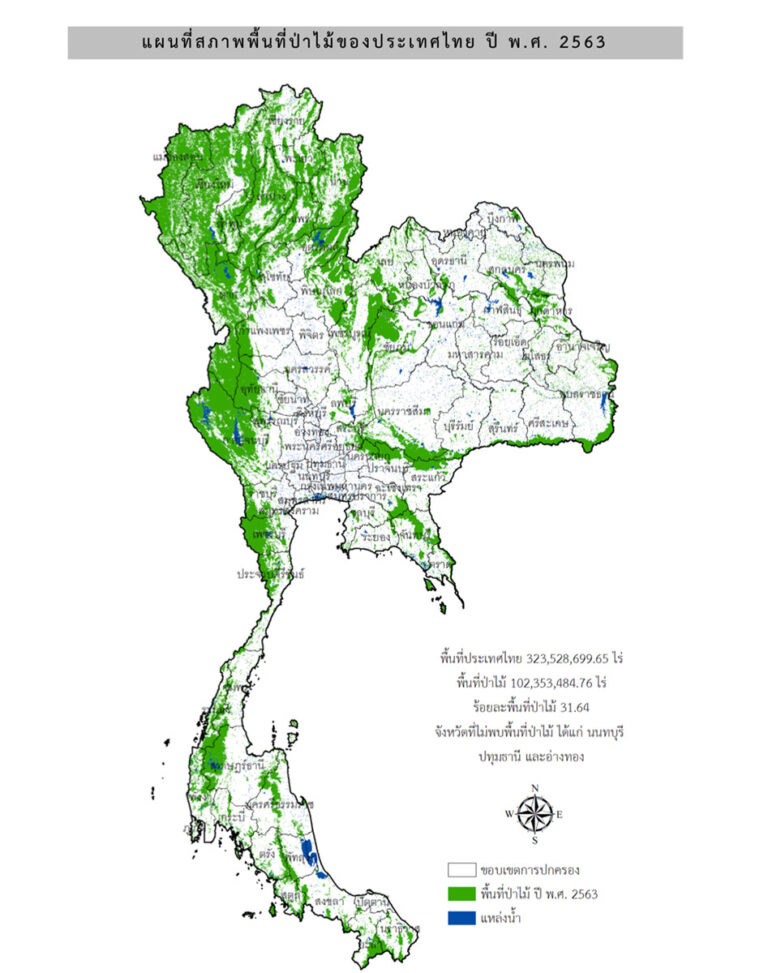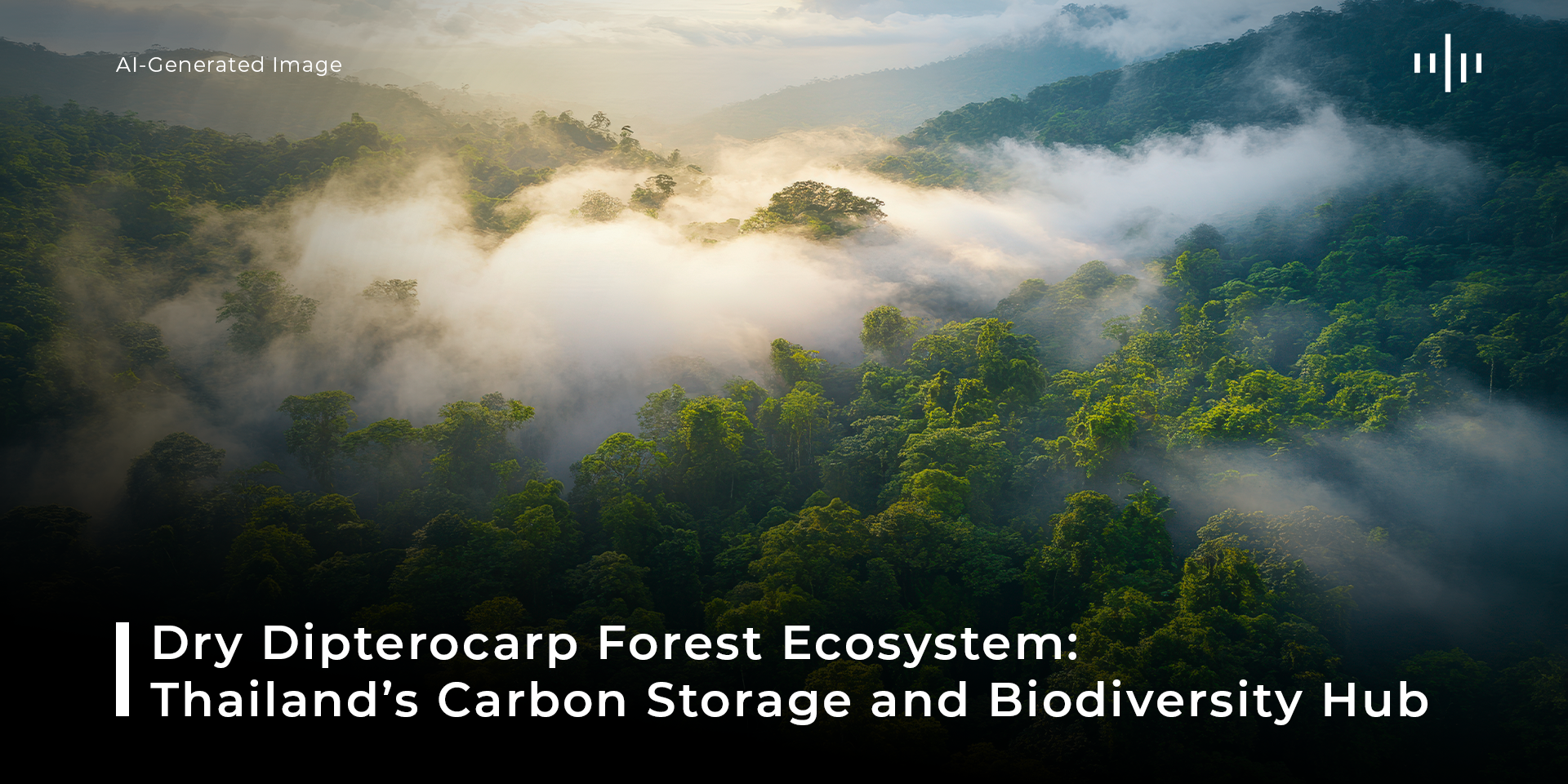Dry Dipterocarp Forest Ecosystem: Thailand’s Carbon Storage and Biodiversity Hub
On September 9, 2024, a Memorandum of Understanding (MOU) was signed for the “Vanapa Project” at the Department of National Parks, Wildlife, and Plant Conservation in Bangkok. The project aims to develop research on assessing the carbon storage capacity of the dry dipterocarp forest ecosystem, which plays a vital role in carbon sequestration and mitigating the impacts of climate change. This initiative is crucial for forest conservation and advancing environmental innovation in Thailand.
The signing ceremony was supported by both public and private sectors. Key attendees included Mr. Attapol Charoenchansa Mr.Athapol Charoenshunsa, Director-General of the Department of National Parks, Wildlife, and Plant Conservation, along with senior executives from other agencies. All parties emphasized the importance of collaboration in addressing global warming and sustainably conserving the dry dipterocarp forests.
The Importance of Dry Dipterocarp Forests in Thailand
Dry dipterocarp forests are a common ecosystem found throughout Southeast Asia, particularly in Thailand, covering approximately 16.5 million rai or about 26,400 square kilometers, accounting for roughly 13% of the country’s total forest area. These forests are typically found at elevations of 100-400 meters above sea level and are widespread in northeastern, northern, and central regions such as Nakhon Ratchasima, Khon Kaen, Chaiyaphum, Chiang Mai, Tak, and Lopburi.
A notable feature of dry dipterocarp forests is their ability to adapt to arid and nutrient-poor environments. The main tree species in this forest type include Teng, Rang, Hieng, and Phayom, which are hardwood species capable of withstanding hot and dry conditions. These forests also play a critical role in soil water retention, reducing soil erosion, and preventing flooding in lowland areas.

Final Report on the Forest Area Status Survey Project, B.E. 2563 (2020)
The Role of Dry Dipterocarp Forests in Carbon Sequestration
Dry dipterocarp forests are one of Thailand’s significant carbon sinks. Although their carbon storage capacity is not as high as tropical rainforests, the vast area they cover allows them to reduce atmospheric greenhouse gasses significantly. The Wanapha Project, which focuses on using remote sensing technology and Eddy Covariance techniques to assess the carbon storage of dry dipterocarp forests, is an example of efforts to develop precise technologies and methods for managing and evaluating carbon footprints in forest ecosystems.
Conservation of Dry Dipterocarp Forests and Community Involvement
In addition to carbon storage, dry dipterocarp forests provide habitats for various wildlife species such as deer, barking deer, wild boars, and smaller animals that rely on these areas for food and shelter. The conservation of dry dipterocarp forests is thus vital for preserving biodiversity and preventing deforestation and wildfires.
The Wanapha Project also emphasizes local community involvement in managing carbon credits. Communities can play a role in forest conservation while generating income through carbon credit trading, promoting a model where local development aligns with sustainable environmental conservation.
Conclusion
Dry dipterocarp forests are an invaluable natural resource for Thailand, both in terms of biodiversity conservation and carbon sequestration. Sustainable development and conservation of these forests not only help mitigate the impacts of climate change but also promote self-reliance and community involvement in environmental stewardship for the future.







